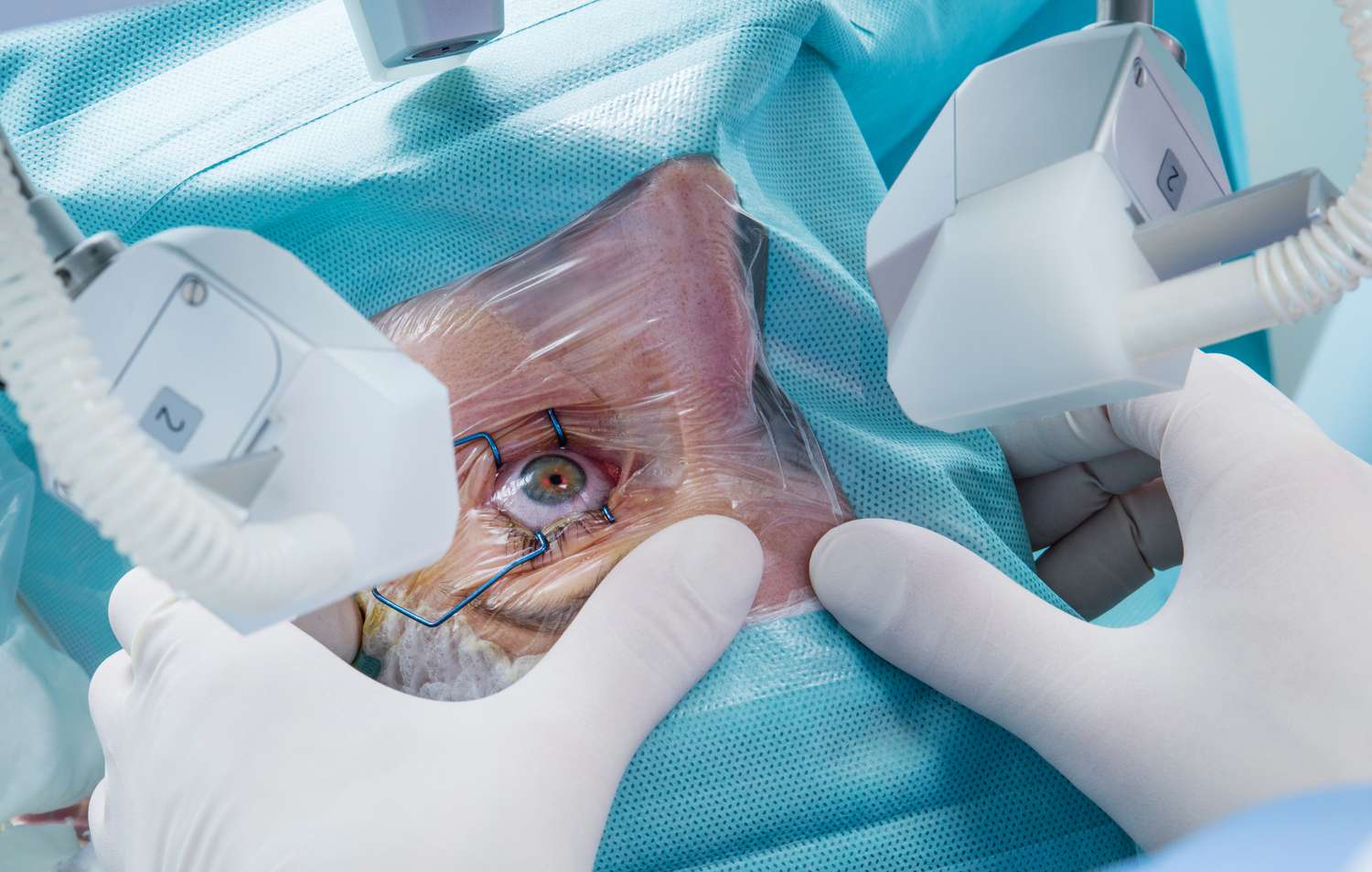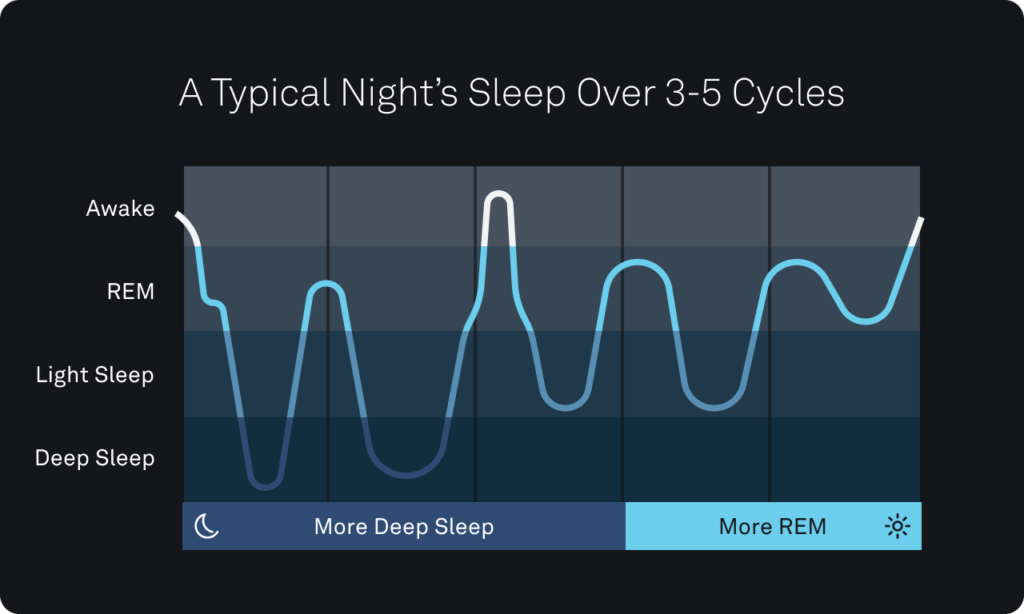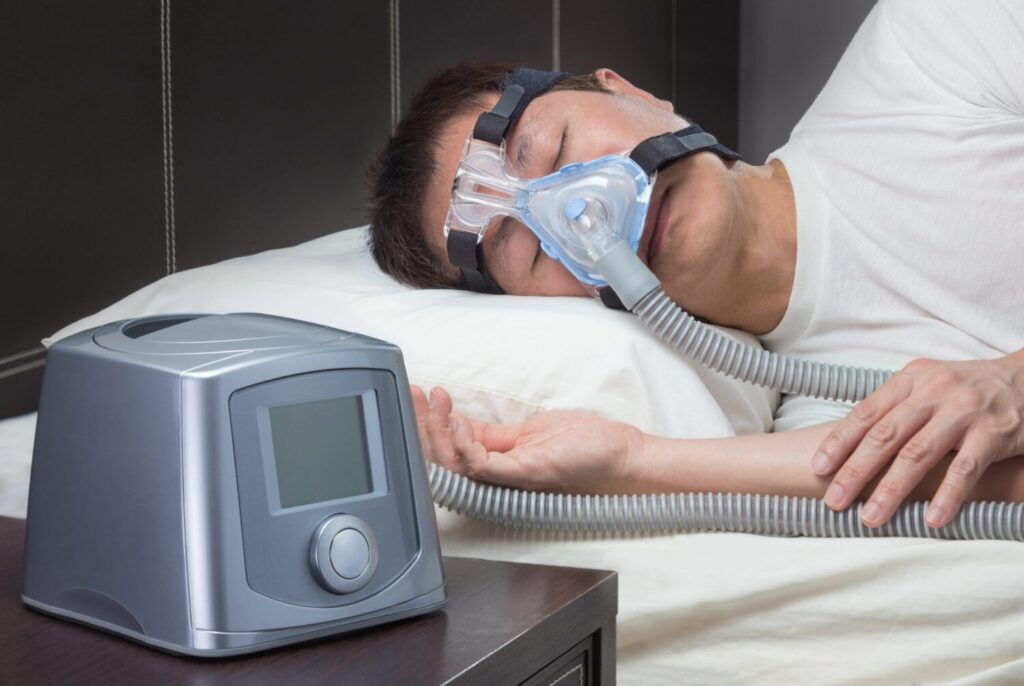Introduction
Dry eye is a common and uncomfortable condition that affects many people across Australia. It can make wearing contact lenses difficult, reduce comfort in everyday life, and even influence the decision to undergo vision-correction surgery. For those who want freedom from glasses but worry about worsening dry eyes, SMILE laser eye surgery has become an increasingly popular option. In this article, we will examine whether SMILE eye surgery really helps people with dry eyes — exploring how the procedure works, its safety, benefits, and potential limitations in managing dryness.
What Is Dry Eye and Why It Matters for Laser Eye Surgery
Dry eye (or dry-eye syndrome) arises when the eyes do not produce enough tears or the tears evaporate too quickly. This can lead to irritation, burning, grittiness, blurred vision, and fluctuating clarity. People considering any form of refractive laser eye surgery often ask: “Will the procedure make my dry eyes worse?” Traditional procedures, such as LASIK, can temporarily aggravate dry-eye symptoms because the creation of a corneal flap disrupts corneal nerves that play a role in tear production and sensitivity. For someone already experiencing dryness, that risk may feel significant.
How SMILE Laser Eye Surgery Works Differently
SMILE (Small Incision Lenticule Extraction) is designed to be less invasive than traditional flap-based surgeries. Instead of creating a large corneal flap, a femtosecond laser makes a small lenticule inside the cornea and a tiny incision (typically around 2–4 mm) through which the lenticule is removed. Because there is no large flap, there is less disruption to corneal nerves. These nerves are essential for tear production and feedback mechanisms that regulate the eye’s moisture. By preserving more of these nerves, SMILE may help limit the severity of post-surgery dry eye.
Why SMILE Is Often Recommended for Patients with Dry Eye Concerns
Many eye-health professionals and patients consider SMILE laser surgery a safer choice for those worried about dry eyes. Key reasons include:
- Reduced nerve trauma: With fewer corneal nerves cut, the risk of developing or worsening dry-eye symptoms is lower.
- Stability of the ocular surface: The micro-incision technique helps maintain corneal integrity, which supports a healthier tear film over time.
- Faster nerve regeneration: Early research and patient reports suggest that corneal nerves recover more quickly following SMILE than with flap-based surgeries, helping to restore tear function.
- Lower long-term dryness: Many individuals report that any dry-eye symptoms they experience after SMILE tend to be milder or shorter in duration than those reported after LASIK.
Because of these benefits, SMILE eye surgery is frequently recommended to people who already have mild to moderate dry eye or to those whose work or lifestyle makes dry eye particularly bothersome.

What Australian Patients Report About Dry Eye After SMILE
Based on feedback from many SMILE patients in Australia, dry-eye outcomes tend to be positive:
- Several people report only temporary irritation or mild dryness in the first few days, which gradually improves with lubricating eye drops.
- Many note that while they expected their dry eye to worsen, they were pleasantly surprised that their symptoms were actually less severe or resolved more quickly than anticipated.
- Some say that their overall comfort improved so much after SMILE that they no longer feel limited by ocular dryness when doing close-up work or prolonged screen time.
These real-world patient experiences suggest that SMILE’s design does offer tangible benefits for managing or minimizing dry-eye risk.
Research Evidence on SMILE and Dry Eyes
Clinical studies and expert observations support what patients are reporting. In many cases, SMILE results in less reduction in corneal sensitivity than flap-based surgeries. Corneal nerve density and function appear to recover more efficiently after SMILE, meaning tear-film regulation may begin normalising faster. While some degree of dryness is typical in the healing period, long-term comparisons suggest that SMILE patients often return to near-baseline levels of nerve function and tear production — leading to reduced chronic dry eye risk.
Potential Risks and Limitations Related to Dry Eye
Despite its advantages, SMILE eye surgery does not guarantee the complete avoidance of dry-eye symptoms. Important considerations include:
- Initial Dryness Still Occurs: Even with fewer nerves disrupted, many patients report dry-eye symptoms during the first week or month — especially if they already had underlying dryness.
- Not Suitable for Severe Dry Eye: If your dry eye is very severe or related to underlying conditions (such as autoimmune diseases), SMILE may not fully resolve the issue, and in some cases, surgery might be contraindicated.
- Variable Recovery: The speed and extent of nerve regeneration differ from person to person; some may take longer to recover, especially older patients or those with pre-existing ocular surface disease.
- Need for Ongoing Management: Some individuals might need to continue using lubricating drops, eyelid hygiene, or other dry-eye therapies for weeks or months after the surgery.
Pre-Operative Assessment: How to Evaluate Dry Eye Before SMILE
If you’re considering SMILE eye surgery and you already have dry eye, a thorough pre-operative assessment is essential. Several steps are typically involved:
- Tear Film Evaluation: Your eye surgeon may assess the quality and stability of your tear film, measuring how quickly tears evaporate and whether your eyes produce enough moisture.
- Corneal Sensitivity Test: To estimate nerve health, the surgeon may test how your cornea responds to touch, which helps predict how well your nerves will recover.
- Ocular Surface Health Check: Your eye doctor will carefully examine the eyelids, meibomian glands, and conjunctiva to spot any signs of chronic inflammation or gland dysfunction.
- Pre-Treatment for Dry Eye: If your dry eye is moderate to severe, your surgeon may recommend treating it first — through prescription drops, warm compresses, or gland therapy — before proceeding with SMILE.
A proper evaluation ensures that SMILE is safe for you and helps set the stage for better post-operative outcomes.
Managing Dry Eye After SMILE Surgery
Even though SMILE is gentler on the eye, managing dry eye during recovery is still important. Here are common strategies used by patients and eye surgeons:
- Use preservative-free artificial tears or lubricating drops regularly during the first few weeks.
- Apply warm compresses to improve meibomian gland function if there is a gland-related dryness component.
- Blink consciously and use lid hygiene to maintain a healthy tear film.
- Avoid environments that may worsen evaporation, such as air-conditioned rooms, dry air, or windy conditions, especially in early recovery.
- Attend all follow-up appointments so your surgeon can monitor nerve recovery and your ocular surface health.
These practices help support healing and reduce the likelihood of persistent dry-eye symptoms.
Long-Term Outlook for Dry Eyes After SMILE
For many Australians who undergo SMILE, the long-term outlook for dry eye is very promising. As nerves regenerate and the ocular surface stabilises, tear production and feedback mechanisms typically improve. Over time, many patients report that their eyes feel more natural, less gritty, and less prone to irritation. While some may continue to use drops occasionally, most do not experience chronic, debilitating dryness in the years following their surgery.
Is SMILE the Right Choice for Someone with Dry Eyes?
Whether SMILE eye surgery is a good option for someone with dry eye depends on individual factors:
- Mild to Moderate Dry Eye: SMILE is often highly recommended, as it tends to preserve more of the corneal nerve network, reducing the risk of long-term exacerbation.
- Severe Dry Eye or Autoimmune Conditions: A cautious approach is needed. If your dry eye is severe or linked to other health issues, your eye surgeon may suggest managing the condition first or exploring alternative options.
- Lifestyle and Comfort: If you value a quicker recovery, minimal discomfort, and a lower chance of flap-related complications, SMILE may be especially attractive.
- Cost Consideration: While not cheaper simply because of dry eye, investing in SMILE may pay off in long-term comfort compared to repeated contact-lens irritation or other eye-care expenses.
A personalised consultation with an experienced eye surgeon is the best way to determine whether SMILE is the most suitable procedure for your eye-health profile.
Conclusion
SMILE laser eye surgery offers a compelling solution for Australians who want vision correction without worsening dry eye. Thanks to its minimally invasive technique and nerve-sparing advantages, many patients experience milder, more transient dryness compared to flap-based procedures. While some degree of early discomfort or irritation is common, long-term outcomes for tear production and ocular surface health are often very positive. If you have dry eye but are interested in laser vision correction, SMILE eye surgery may represent a safer, more sustainable path — provided a careful pre-operative assessment and ongoing dry-eye management are in place.
FAQs
Yes. Because SMILE uses a small incision without creating a flap, it preserves more corneal nerves, which helps reduce the risk of long-term dry eye.
Some patients may experience temporary dryness in the early healing phase, but many report milder symptoms that improve over weeks, and long-term chronic dryness is less common.
It depends. If dry eye is severe or caused by underlying conditions, your eye surgeon may recommend treating it first. SMILE may not be ideal for all cases.
Nerve regeneration varies across individuals, but many people see improvements in sensitivity and tear feedback over several months following surgery.
Use preservative-free lubricating drops, apply warm compresses, blink intentionally, maintain lid hygiene, avoid dry environments, and attend follow-up visits.



























